Servals are medium-sized felines native to Africa. They have long legs, large ears, spotted coats, and a short tail. These cats are active and acrobatic creatures, capable of leaping and capturing elusive prey. Read on to learn about the serval.
Description of the Serval
Servals are lanky cats, with long, stilt-like legs and lean bodies. They have large, triangular ears to hear miniscule sounds of their prey. Each ear has a large white spot, surrounded by black coloration. The ears can be rotated 180º, and turned independently of one another.
Their fur is tan colored, with black spots along the entire body, and bars on the neck and shoulders. Their underbelly is white or cream colored, and has very dense and fluffy fur.
Interesting Facts About the Serval
Servals are unique little cats that are surprisingly acrobatic! They are skilled hunters with amazing agility and physical prowess. Read on to learn just what these charismatic cats can do!
- Lanky Legs – Servals have almost comically long legs. Relative to body size, servals have the longest legs of any cat species. They use these long legs to launch themselves after their prey.
- Lengthy Leaping – One of the serval’s most impressive feats is its ability to leap and capture birds in midair. They use their long legs to launch themselves into the air, and they can jump as high as 6 ft., 7 in. off the ground!
- The Better to Hear You With – Another impressive feature? Servals also have the largest ears relative to body size of any cat! They use these ears to listen in on the movements of their prey. They slowly stalk closer to the sound of their soon-to-be meal, and leap into the air to pounce on it. They can even hear prey moving underground!
- Success! – These incredible hunters are so efficient that they outhunt any other cat species! Move over tiger, with your measly 10% success rate. Servals capture half of the prey that they hunt! This rate blows all the other cat species out of the water.
Habitat of the Serval
Because they hunt by stalking their prey, servals prefer living in areas with lots of tall grasses and other vegetation. They are also more frequently found near water bodies. Some of the different habitats that they commonly inhabit include savannas, wetlands, moorlands, semi-arid forests, and bamboo thickets. They are not found in rainforests or arid environments.
Distribution of the Serval
Servals’ range is restricted to Africa. They are widespread across southern Africa, and their range is actually expanding. They are more rare in northern Africa, and only known to be found in Morocco. They were once found in Algeria, but are believed to be extinct in that region now.
Diet of the Serval
Servals prefer eating smaller prey, and most of their kills are less than 7 oz. in weight. They are particularly fond of African vlei rats, but also eat birds, other small rodents, frogs, reptiles, and insects. Servals will also eat grass, possibly to aid in digestion. While hunting servals will use their acute sense of hearing to locate prey, and quietly stalk the prey before pouncing on it.
Serval and Human Interaction
Humans do cause some conflict with servals, but it is relatively minimal. Servals have been hunted for their skins, but this trend is declining. The biggest threat to servals is the degradation of wetland and savanna habitats, as well as urbanization. Some farmers will kill servals if they are found nearby, but generally servals do not prey on any livestock.
Domestication
Servals have not been domesticated in any way. They have, however, been hybridized with domestic cats to some extent as an exotic pet.
Does the Serval Make a Good Pet
In many locations it is illegal to own a serval as a pet. They can be owned in some areas, but they are wild animals and can be dangerous and unruly. The hybrid exotic cat, the savannah cat, is more manageable while retaining the unique coat pattern and high energy.
Serval Care
In zoos, servals are provided with plenty of enclosure space for exercise. They are acrobatic creatures, and have lots of ledges and climbing opportunities. These intelligent creatures require lots of environmental enrichment to keep them entertained in human care.
Some examples include toys like balls and ropes, puzzle feeders, and different substrates. They are also capable of being trained and handled. Servals are fed commercial carnivore diet produced for zoo animals, mice, fish, bones, and egg.
Behavior of the Serval
Servals are active both during the day (diurnal) and at night (nocturnal). They are more active towards dusk, dawn, and midnight, and will spend more time foraging on cool or rainy days.
They are solitary cats, and maintain territories and walking trails that they mark using urine. Territories can overlap, but animals rarely interact with one another unless breeding.
Reproduction of the Serval
Females that are receptive to mating will scent mark using urine. They will also call with high-pitched meows that can be heard at some distance away. The gestation period is two or three months, and the female serval gives birth to a litter of one to four kittens.
The kittens’ eyes open anywhere from nine to thirteen days after birth, and they begin the process of weaning at about one month old. They begin learning to hunt at six months old, and leave their mother at a year old.

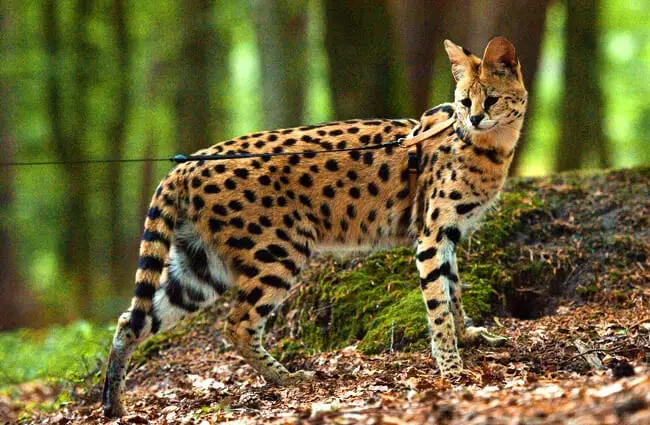
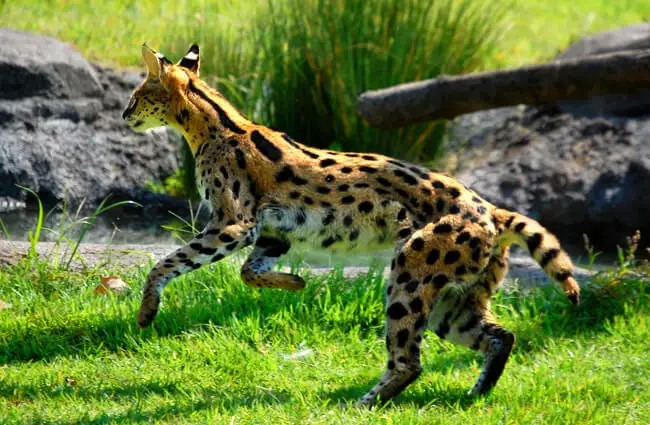

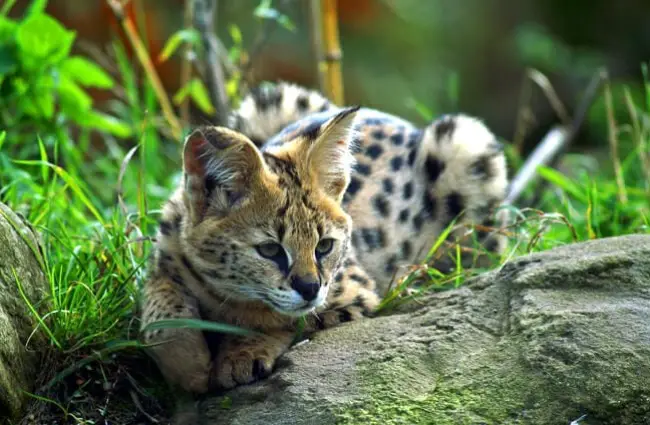

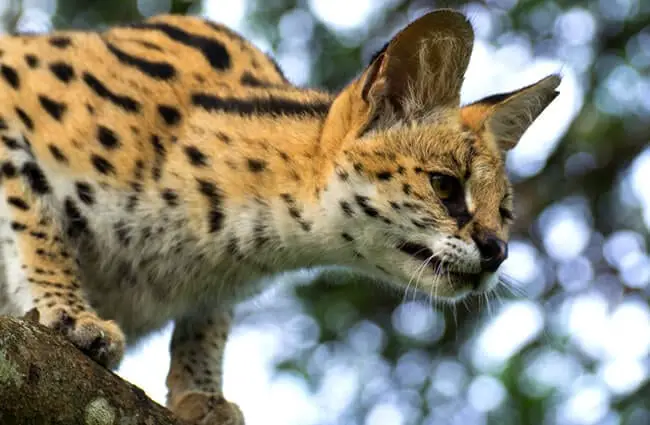




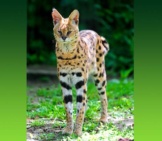
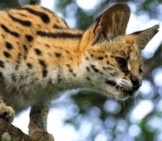
![Red Angus Closeup of a beautiful Red Angus cowPhoto by: U.S. Department of Agriculture [pubic domain]https://creativecommons.org/licenses/by/2.0/](https://animals.net/wp-content/uploads/2020/03/Red-Angus-4-238x178.jpg)












![Red Angus Closeup of a beautiful Red Angus cowPhoto by: U.S. Department of Agriculture [pubic domain]https://creativecommons.org/licenses/by/2.0/](https://animals.net/wp-content/uploads/2020/03/Red-Angus-4-100x75.jpg)

